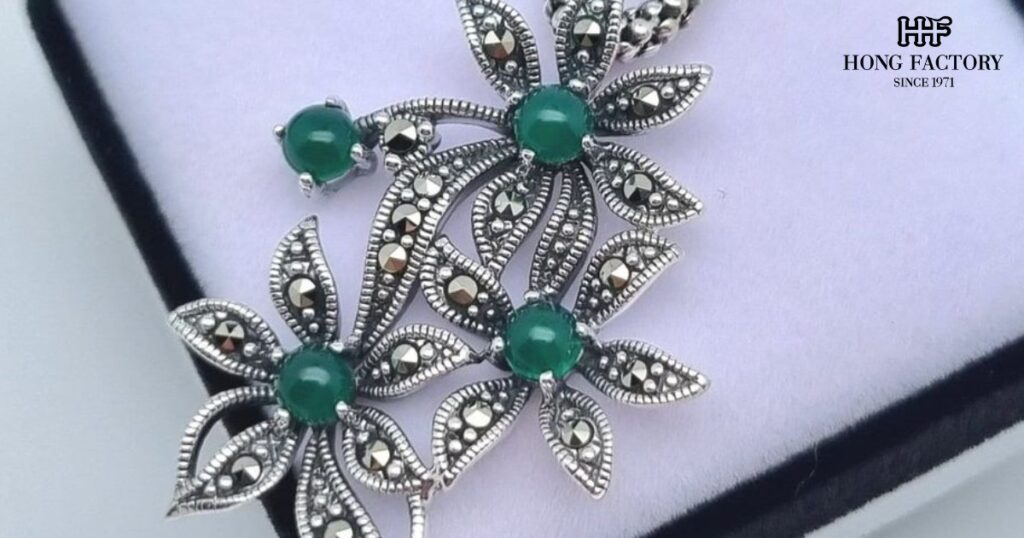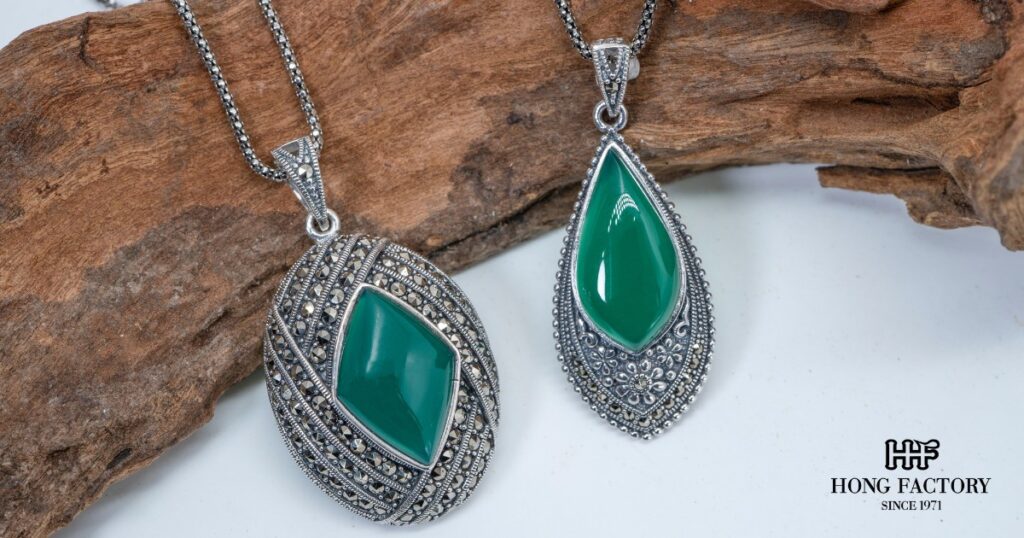
The digital age has brought groundbreaking advancements across various industries, including fashion, healthcare, and engineering. One of the most exciting innovations is the integration of 3D printing technology into custom jewelry creation. This modern manufacturing process has revolutionized the way jewelry is designed, prototyped, and produced, empowering jewelers and consumers alike. Let’s dive deeper into how 3D printing technology is reshaping the jewelry industry and why it’s the perfect solution for creating personalized, intricate designs with exceptional precision.
The Intersection of 3D Printing and Jewelry
3D printing, also known as additive manufacturing, is a process that creates objects layer by layer using digital 3D models. In the jewelry industry, this technology enables jewelers to craft unique, custom pieces with unprecedented efficiency and creativity. From bold statement necklaces to intricately detailed engagement rings, 3D printing allows for limitless design possibilities.
This innovation eliminates the traditional constraints of jewelry-making such as relying solely on hand-carving or mold engraving ushering in a new era where complex designs are achievable at scale.
How 3D Printing is Transforming Custom Jewelry
The integration of 3D printing into custom jewelry manufacturing offers numerous benefits, including precision, speed, sustainability, and personalization. Let’s explore these transformative aspects :
1. Precision and Intricate Designs
Gone are the days of limitations in jewelry design. With 3D printing, jewelers can create complex patterns, geometries, and intricate textures that were previously impossible or labor-intensive to achieve. Using computer-aided design (CAD) software, designers can craft anything from minimalist rings to elaborate filigree designs with micrometer-level accuracy.
For example, lattice structures, honeycomb details, or unique organic patterns can now be effortlessly integrated into custom pieces. This precision makes 3D printed jewelry especially desirable for customers seeking one-of-a-kind designs.
2. Speed and Efficiency in Production
Traditional jewelry-making methods involve time-consuming processes such as handcrafting, casting, and polishing. 3D printing eliminates many of these steps, enabling jewelers to prototype and produce custom pieces much faster.
Here’s how this works :
- Rapid Prototyping : Jewelers can print full-scale prototypes to show clients before committing to the final design, significantly reducing back-and-forth.
- Streamlined Production : Once approved, designs can be printed directly or cast using 3D printed molds, cutting down production timelines from weeks to days.
This efficiency benefits both artisans and customers, making custom jewelry more accessible and affordable.
3. Personalization and Customization
Modern consumers increasingly demand personalized products, and jewelry is no exception. 3D printing empowers customers to be part of the design process. From engraving special messages to creating unique shapes, customers can work with designers to craft pieces that reflect their individuality.
For example :
- Personalized wedding rings with custom patterns or fingerprints.
- Necklaces featuring names, initials, or meaningful symbols.
- Bracelets crafted to fit precise wrist measurements for ultimate comfort.
The ability to tailor every detail ensures that each piece is truly unique and meaningful.
4. Sustainable Jewelry with Reduced Waste
Sustainability is a growing concern in all industries, and jewelry is no exception. Traditional jewelry-making methods generate significant material waste during cutting and carving. In contrast, 3D printing is highly efficient, using only the material required to create the final product.
Additionally, many 3D printing processes allow jewelers to use recycled or eco-friendly materials, such as biodegradable resins or recycled metals. This makes 3D printing an environmentally conscious approach to modern manufacturing.
The Role of Various 3D Printing Materials in Jewelry
One of the most exciting aspects of 3D printed jewelry is the versatility of materials available. Depending on the desired aesthetic, texture, and budget, jewelers can choose from a range of materials for their creations :
1. Precious Metals
Gold, silver, and platinum can be used in 3D printing to create luxurious, high-quality jewelry. While these metals aren’t directly 3D printed, jewelers often produce wax models using 3D printing, followed by traditional metal casting. This hybrid method combines the precision of 3D printing with the enduring beauty of precious metals.
2. Resins
High-resolution UV-curable resins are popular for creating intricate prototypes or final pieces. These resins produce smooth, detailed surfaces, making them ideal for lightweight, modern designs.
3. Polymers & Plastics
Affordable and versatile, polymers are commonly used for experimental designs or fashion jewelry. 3D printed plastic pieces can be painted, plated, or combined with other materials for added customization.
4. Mixed Materials
Jewelers can also incorporate other materials, such as wood or ceramics, into their 3D printed designs. This fusion results in unique, mixed-media pieces that push the boundaries of jewelry design.
Popular Techniques in 3D Printed Jewelry Manufacturing
There are several 3D printing techniques used in custom jewelry creation, each offering distinct advantages :
1. Stereolithography (SLA)
This technique uses a laser to cure liquid resin into solid shapes, layer by layer. SLA is ideal for producing smooth, high-resolution pieces, making it perfect for intricate jewelry designs.
2. Selective Laser Sintering (SLS)
SLS uses a laser to fuse powdered material, such as nylon or metal, into three-dimensional objects. This method allows for durable designs, suitable for both prototypes and finished products.
3. Digital Light Processing (DLP)
Similar to SLA, DLP uses light to cure resin. It’s known for its speed and precision, making it a preferred choice for detailed custom jewelry pieces.
Examples of 3D Printed Jewelry Innovations
3D printed jewelry isn’t just about aesthetics—it’s also pushing creative and functional boundaries. Here are some inspiring examples :
- Wearable Art : Designers are creating avant-garde necklaces and earrings that double as sculptural masterpieces.
- Interactive Rings : Rings with moving parts, such as spinning bands or miniature mechanisms, are being 3D printed with ease.
- Organic Designs : Nature-inspired jewelry featuring flowing curves, leaf motifs, or coral-like textures.
- Affordable Jewelry Prototypes : Customers can see and feel a prototype of their jewelry before finalizing the production in precious metals.
Challenges in 3D Printed Jewelry
Despite its benefits, 3D printed jewelry faces some challenges :
- High Initial Costs : Investing in professional-grade 3D printers and software can be expensive.
- Material Limitations : While technology is advancing rapidly, not all materials are compatible with 3D printing, particularly certain precious metals.
- Training and Expertise : Jewelers must learn to use CAD software and 3D printing tools, requiring time and technical expertise.
However, as technology evolves, these challenges are gradually being addressed, making 3D printed jewelry even more accessible.
The Future of Custom Jewelry in the Digital Age
As 3D printing continues to evolve, the possibilities for custom jewelry are virtually endless. Innovations like multi-material printing, AI-driven design algorithms, and sustainable production methods are set to further enhance the industry.
In the future, we can expect :
- On-Demand Manufacturing : Jewelers will produce pieces only when ordered, minimizing waste and inventory costs.
- Advanced Materials : Biodegradable and lab-grown materials will offer new options for ethical jewelry.
- Integrated Technology : Jewelry with embedded electronics, such as smart rings or LED earrings, could become increasingly popular.
Final Thoughts – Embracing the 3D Printing Revolution
The introduction of 3D printing has revolutionized custom jewelry creation, offering unparalleled design freedom, efficiency, and personalization. Modern manufacturing methods like 3D printed jewelry signify a shift toward a more sustainable, customer-focused industry.
Whether you’re a designer exploring innovative techniques or a customer seeking a meaningful, one-of-a-kind piece, 3D printing has opened the door to endless possibilities in the world of jewelry. There’s no doubt that this technology will continue to shape the industry, ushering in a new era of creativity and innovation.
By embracing the 3D printing revolution, we’re not just transforming how jewelry is made we’re redefining the very concept of adornment in the digital age.


